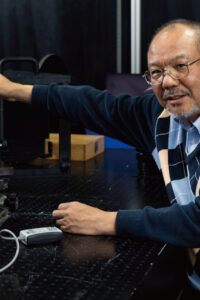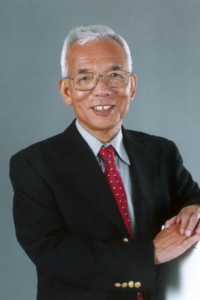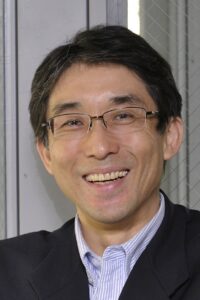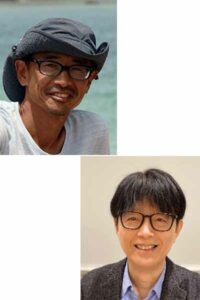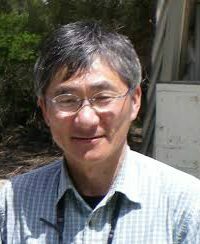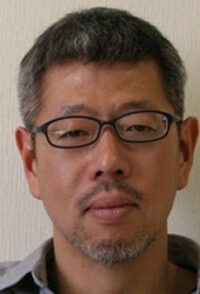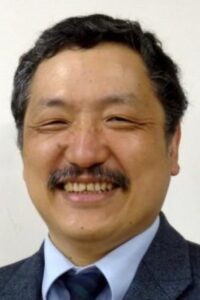
Dr. Tsuboyama-Kasaoka Nobuyo, Head of Section of Global Disaster Nutrition at the National Institute of Health and Nutrition in Japan talks about space food and disaster food — Interviewed by the vesta editorial team. Challenges in space and disaster nutrition research I have always been interested in space and have tried to become an astronaut three times in the last 25 years. Because my parents were mountain climbers, I have been going to high altitudes since I was a child, while scuba diving has challenged me in the depths of the ocean, so I wanted to try the most extreme space. As you can see from the fact that you can get altitude sickness when you climb a mountain or submarine sickness when you dive in the ocean, you can really feel the changes in your body when you go to a special environment. ... ... [Read more]
